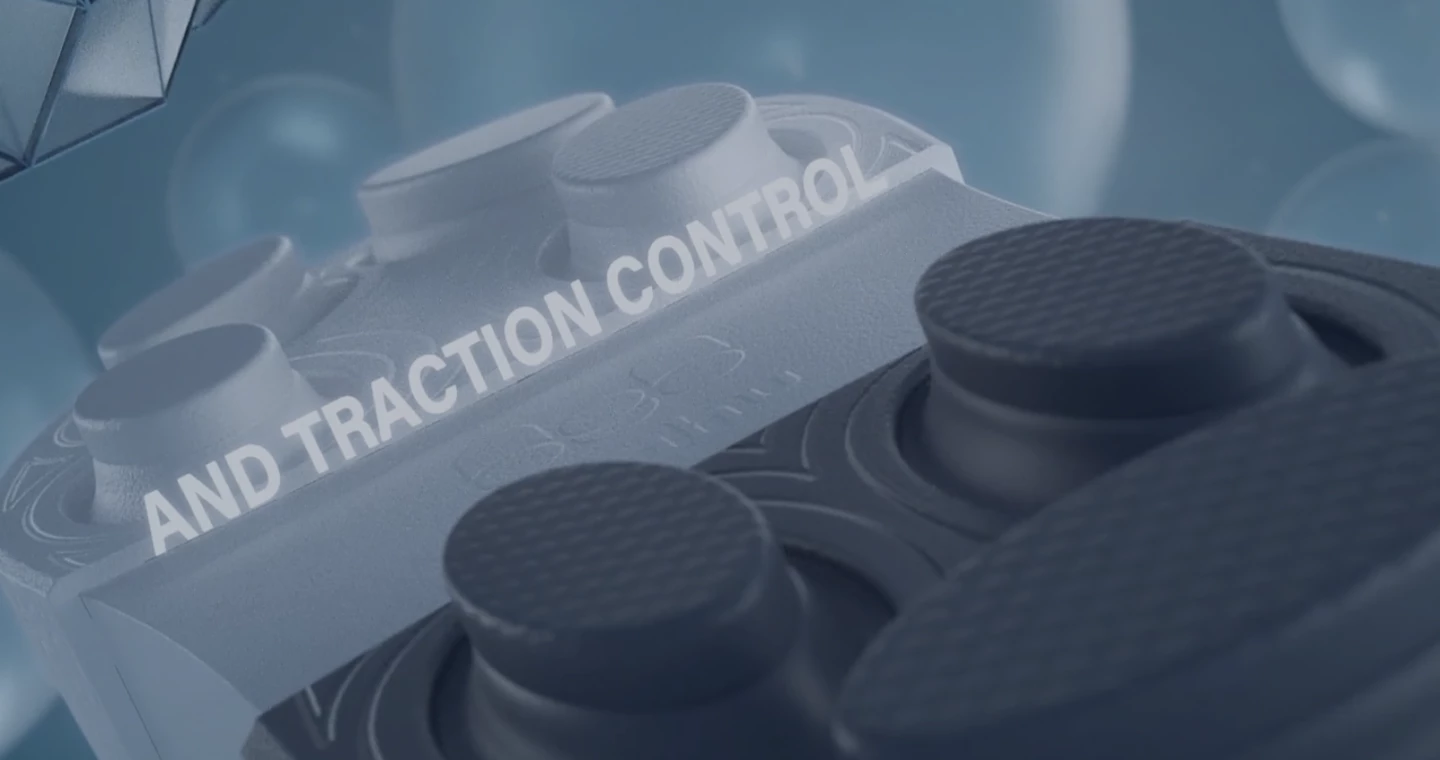CES silly season is upon us already, and awards are already being handed out for outstanding products. This year's Innovation Award winner in the "wearable technologies" category is an electro-pneumatically adaptive shoe sole called Wahu out of Italy.
The Wahu team is of the opinion that shoe soles force us to make too much of a compromise. Thus, it has built a sole with the capability to extend or retract a set of chunky, shock-absorbing pads that can increase off-road traction as well as adding comfort cushioning. When you're on a smoother surface, you'll get better traction by having more rubber on the road, as it were, so the pads can retract back into the shoe and sit flat against the rest of the sole.
The pads are moved by way of a set of micro-compressors, which pressurize a set of interconnected cavities to about 2.5 bar (36 psi) to pop them out, then release the pressure to let them back in. A built-in battery offers 24 hours of operation, and the shoes connect to a smartphone app that lets you select which mode you want them operating in, or choose the variables by which the shoes might decide to change modes themselves, as they've got enough sensors built in to monitor how you're walking, generate a "digital signature" of your stride, analyze pressure in the foot arch areas or "prevent falls," which sounds like a good thing for shoes to do.

When the soles are pumped up, you'll find yourself towering a full 8 millimeters (a third of an inch) taller, as well, so that's nice. But honestly, I'm not sure how many of us are really experiencing traction or cushioning issues of a scale that warrants adaptive shoe soles. Wahu has the feeling of an answer to a question nobody was asking.
The company won't be trying to convince you, the consumer, to check out its gear. The aspiration is to get in the ears of major shoe brands and get the tech onto the market that way. I guess if Reebok can sell a pump, and Nike can sell self-lacing shoes, maybe there's hope for an adaptive sole. Maybe.
Source: Wahu









